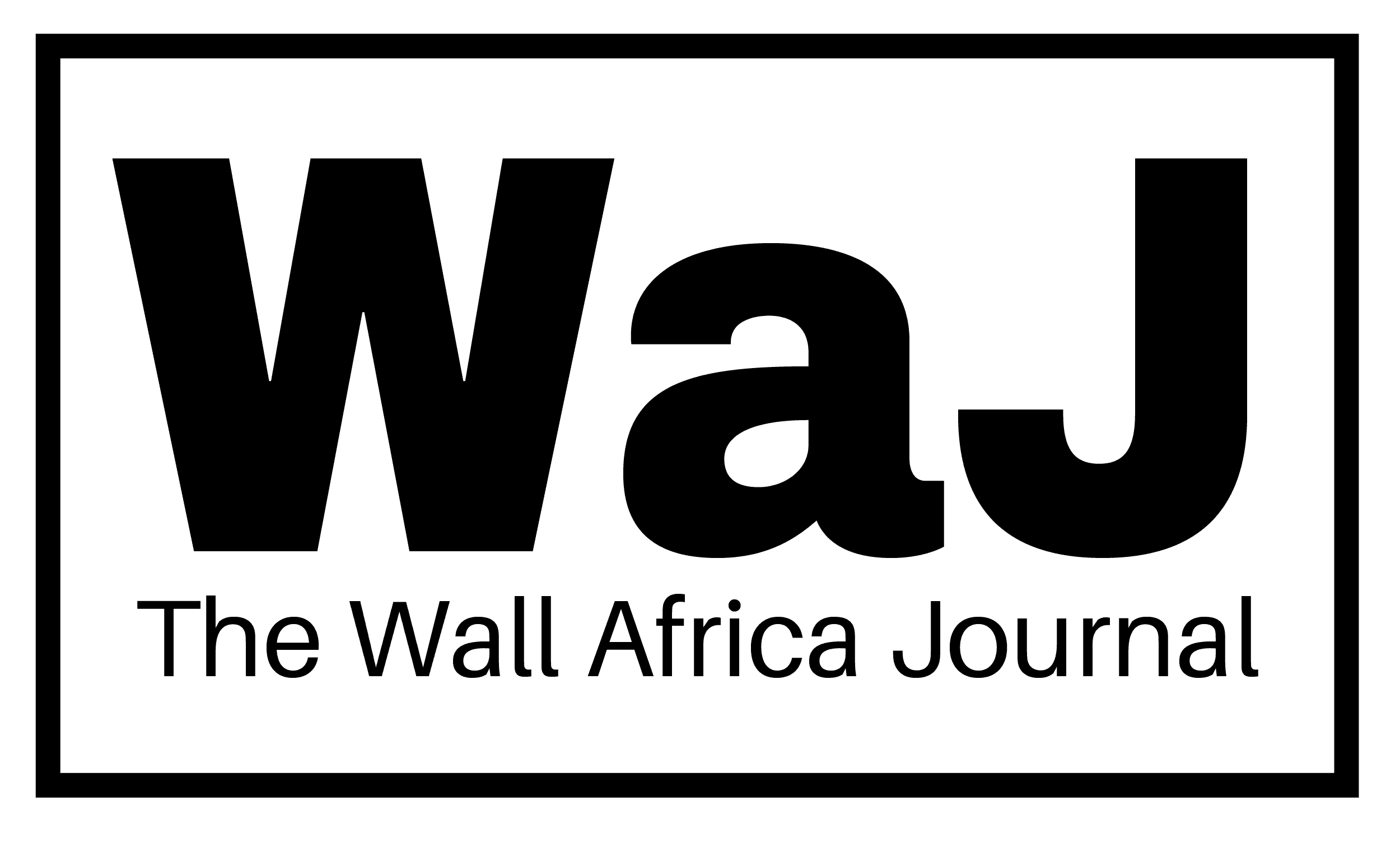Malawi is set to generate up to $30 billion from mineral exports between 2026 and 2040, with annual revenues expected to reach $3 billion by 2034, the World Bank said on Wednesday. The financial institution predicts that the mining sector will contribute 12% of the country’s GDP by 2027 through new projects and expansion of existing operations.
As Malawi’s mining sector gains momentum, Africa Mining Week in Cape Town will serve as a key platform to bring together Malawian stakeholders, regulators and global investors, foster strategic partnerships and drive investment inflows to accelerate sector growth.
Malawi in Focus for Global Investors
Several key sector developments have taken place in 2025, with international partners accelerating exploration and production efforts in line with Malawi’s Agriculture, Tourism and Mining Strategy, which aims to attract investment for economic progress. In February, Australian firm Lotus Resources secured $38.5 million in financing from South Africa’s First Capital Bank and Standard Bank to support its Kayelekera Uranium Project. The financial support enhances Malawi’s competitiveness in uranium production amid rising global demand, with first production expected in Q3 2025.
Sovereign Metals, backed by Rio Tinto, is advancing the Kasiya Rutile-Graphite Project, home to the world’s largest known rutile resource and second largest flake graphite deposit. A recent feasibility study estimated the project’s revenue potential at $16.4 billion, and a test in February confirmed its suitability for refractory applications. With $665 million earmarked for development, Kasiya is expected to become a major revenue generator, positioning Malawi as a major supplier of high-quality rutile and graphite for industrial and green energy applications.
In the rare earths sector, Australia’s Lindian Resources is seeking investment partners for its Kangankunde Rare Earths Project. The company recently advanced the project timelines by awarding a $1.3 million contract to Mota-Engil for infrastructure development and construction. Given the critical role of rare earths in high-tech industries, clean energy and defence applications, the project strengthens Malawi’s presence in the global supply chain.
Additionally, in January 2025, Kula Gold and African Rare Metals formed a joint venture for the Wozi Niobium Project, aiming to accelerate development through shared expertise and capital. The partnership has applied for an exploration licence for fieldwork, sampling and a $100,000 drilling program scheduled to commence in Q2 2025. The project is expected to contribute significantly to Malawi’s foreign exchange earnings as global demand for niobium, particularly in steelmaking, increases.
African Mining Week: An Opportunity for Investment and Deals
Amidst these developments, African Mining Week will provide a significant opportunity for deal-making and investment discussions, showcasing Malawi’s growing potential as a hub for critical minerals. Malawi’s rich uranium, graphite, niobium and rare earth deposits offer a strategic advantage as international markets seek stable, long-term mineral supply partnerships.
Taking place in Cape Town from 1-3 October, African Mining Week is being held in conjunction with African Energy Week: Invest in African Energies 2025 and provides a comprehensive platform to explore mining opportunities across the continent.


